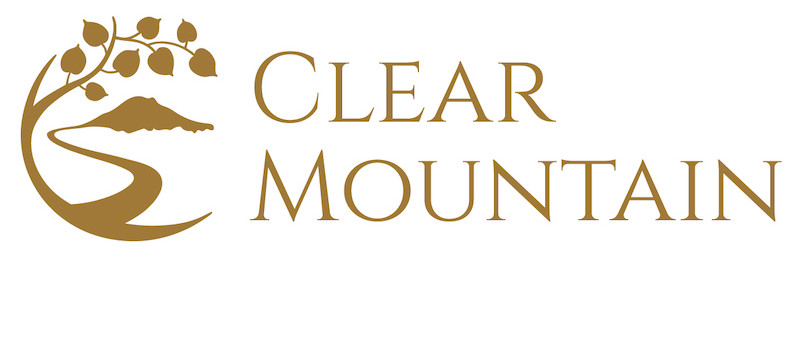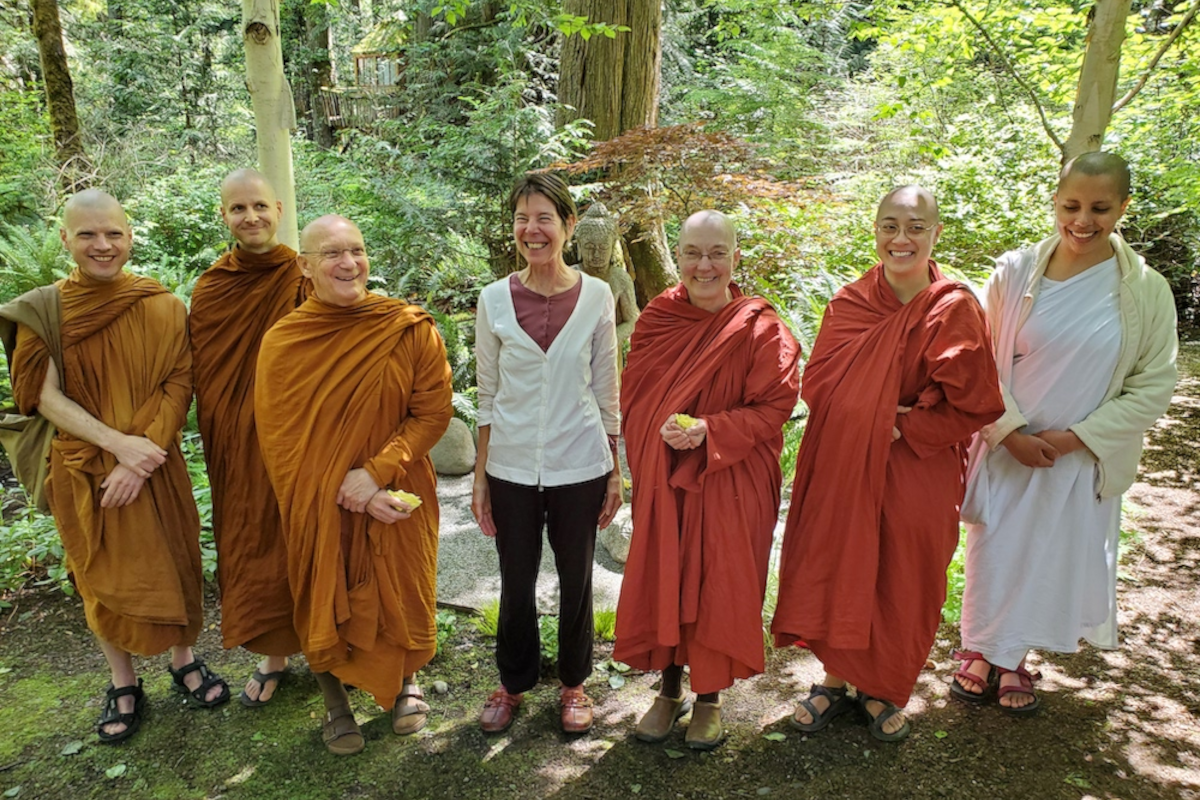“‘The days and nights are relentlessly passing; how well am I spending my time?’ This should be reflected upon again and again by one who has gone forth.”
(AN 10.48)
Introduction
There are an infinite number of ways that we could count our time. In one discourse (AN 7.74), before going on to suggest that we should all meditate more, the Buddha does the math to creatively describe a lengthy human lifespan: “One who lives a long time lives for 100 years or a bit more, [that is] for 300 seasons [cold, hot, and monsoon seasons] … 1,200 months … 2,400 fortnights … 36,000 days … 72,000 meals, counting the taking of mother’s milk and obstacles to eating.” In another discourse (AN 6.19), he praises the diligence of monastics who keep vigilant for “the interval that it takes to swallow having chewed one morsel of food … for the interval that it takes to breathe out after breathing in, or to breathe in after breathing out.”
The Buddha called this ability to both count and account for the moments of our life “kālaññūta” (literally: “knowledge of time”), and it is a noble skill he encouraged his students to become familiar with. It is in this spirit that I look back over my past two months at Clear Mountain with a number of fun ways to tally the merit: chronologically (counting by dates); mittalogically (counting by friends – mittā); and dialogically (counting by interviews).
In the paragraphs that follow, we’ll examine the previous two months (i.e. 8 weeks; 61 days; 1,464 hours; oodles of mouthfuls, etc.) through these various colorful calculators, all the while remembering that Dhamma practice isn’t so much about intensity of experience as it is about consistency of mindfulness. Thus, although we’ll highlight here the recorded events, the big gatherings, and the distinguished teachers who made the past few months so exciting, this should all be held with equal appreciation for all the individual moments of awareness, generosity, and goodness that we’ve been cultivating together along the way.
A) Chronological Record (Counting by Dates)
Chronologically speaking, the summer’s calendar was quite full (at least by forest monk standards). Ajahn Nisabho and I met up in early June at Abhayagiri to pay respects to many of our teachers who had gathered for Vesākha Pūjā – the holiday commemorating the Buddha’s birth, Enlightenment (35 years later), and passing away (45 years after that). A few days later we returned to Seattle and rebegan one of the most significant repeated time-rituals in a monk’s life – alms-round.
The footsteps we take on alms to and from our huts, to and from the ferry, to and from Pike Place Market pace our lives. The sing-song Thai monastic idiom “ไม่บิณ ไม่กิน” (“mai bin, mai gin”) – “You don’t go for alms, you don’t eat” – applies fairly well to our one-meal-a-day existence. But what might seem austere tastes like a blessing, as every calorie of every bite we take is a fortified testament to the deliciousness of human generosity. In rural Thailand, alms-round is easier to quantify as most people offer each monk a single handful of balled-up sticky rice. In Seattle, offerings come in plastic containers, but the kindness and care are the same. I wish I could remember and relate every item of food offered by every donor during my two months in the Pacific Northwest. Such a recollection of human goodness would, I am sure, melt your heart … like a dark chocolate bar underneath a bag of mashed potatoes (my sometimes situation with food dāna).
Six alms-rounds after we arrived back in Seattle, several of our most esteemed monastic teachers and peers (of whom we will speak more later) began to arrive in preparation for the large vertical time block on our calendar marked “Robe Offering Ceremony!”. Even if we were to have added two or three more exclamation points to our calendar notation, drawn a balloon, and changed the block color to gold, however, it would still have paled in comparison to the actual awesomeness of the day. While our photo gallery of the event does a much better job of giving its flavor, still moments captured from the outside can only do so much in relating the goodness enacted. The YouTube playlist “‘Finding A Home’ 2023 Pah Bah Almsgiving Ceremony” gives an inspiring moving portrait in nine sequential videos of the day’s offerings, but a traditional video camera only points one direction, and all of the beautiful intentions, motivations, and love behind the camera’s vector are wholly missed. Fortunately, in addition to preserving the event’s fabulousness on the calendar, in photos, and with videos, each of us who attended will keep an indelible record in our hearts. As the Buddha said:
“Both the merit & evil that you as a mortal perform here:
That’s what’s truly your own, what you take along when you go;
That’s what follows behind you like a shadow that never leaves.
So do what is admirable, as an accumulation for the future life.”
(SN 3.4)
Following the Robe Offering Ceremony, our digital calendar record shows a surreal checkerboard of activities: a five-day-long yellow rectangle notes, “At Sravasti Abbey;” another five-day-long streak reads “Kovilo and Nsb in Winthrop;” and a cute, two-day record the following day recalls “Clear Mountain Retreat in Bellingham.” And that was just through June. July’s datebook board game shows much of the same: a slew of pastel squircles, often overlapping, stacked, and sequentially following a Gregorian quotidian rhythm. This right-angled record – even though pretty, accurate, and full – reads rather bland. The magic of the events themselves is missing. But perhaps that’s all one should expect from a time-boxed day planner. A more promising and heart-filled recollection of time spent can be found not in ticking off hours, days, and weeks, but in Saṅghānussati – Recollection of the Saṅgha.
B) Mittalogical Record (Counting by Friends)
Rather than assessing our life’s worth by our events, we can assess it by our friends. Many Buddhists have heard the often-quoted line from the Kaḷyāṇamitta Sutta (SN 3.18) that “Good friendship (kalyāṇamittatā) is the whole of the Holy Life.” A lesser-known part of that same discourse found just after that famous statement contains the following injunction from the Buddha: “Therefore, you should train yourself thus: ‘I will be one who has good friends, good companions, good comrades.’” Here we find both a path and a duty and it is encouraging to be able to both think back on our summer’s friendships as well as to actually look back through our “Guest Teachers” YouTube playlist to get a measure of this essential aspect of our Holy Lives.
In addition to engaging in the normal aspects of monastic friendship that go back to the time of the Buddha – going on alms together, eating together, meditating together, looking after one another, and learning informally from one another – in this modern age, we have been able to preserve glimpses into these friendships through recorded formal teachings. Although these videos represent only a sliver of the time we spent with these good friends these past months, they are still helpful reminders of the remaining time that we spent with these Venerables. Here is a partial list of recorded talks given by our visiting monastic friends and teachers this summer:
- Luang Por Pasanno – “We Need All the Help We Can Get”;
- Ayyā Santussikā & Ayyā Cittānandā – Softening Into Community;
- Ayyā Ānandabodhī – We Breath Life Into These;
- Ajahn Ritthi – Happy All Day & All Night;
- Ajahn Kaccāna – How to Create a Buddhist University;
- Ayyā Ahiṃsā – Faith in the Buddha and the Reality of Possibility;
- Ajahn Nando – Building Pāramī;
- Ayyā Niyyānika – Scheduled for August 12th.
In addition to these publicly recorded meetings (and the new photo gallery “A Summer of Faith”), Ajahn Nisabho and I also spent time with friends off the record. From hiking in the Olympics with Ajahn Sudanto, Tan Sudhiko, and Tan Parimutto of The Pacific Hermitage to book discussions of Oren Jay Sofer’s, Say What You Mean with the Friends of Clear Mountain board, it is easy to feel buoyed up by counting our friendships as synonymous with counting our blessings.
C) Dialogical Record (Counting by Interviews)
The Discourse on the Highest Blessings (Khp 9) draws a distinction between two different ways of auspicious interaction “Dhamma listening” and “Dhamma discussion” – both of which can be markers for reckoning our days. Whereas the summer talks listed above are Dhamma discourses given by our kaḷyāṇamitta and are representative of the first type of blessing, we also conducted a good number of Dhamma interviews representative of the latter type of blessing. In rough order of when we spoke, here is a list of those interviews:
- Interview with Luang Por Pasanno – Being Dhamma (with Tigers);
- Interview with Venerables Candā & Upekkhā – Non-Self vs. Nun-Self;
- Interview with Thubten Chodron – Tibetan Special Sauce;
- Interview with Ajahn Sona – Ancient Greek Monks and the Writing of the Pāli Canon;
- Interview with Ayyā Jitindriyā – Buddhist Psychology and Awareness Itself;
- Interview with Sāmaṇerī Jayasārā – Buddhist Lectio Divina & Fire Horse Dhamma;
- Interview with Bhante Guṇaratana – 83 Years in Robes, Indicators of Enlightenment;
- Interview with Ajahn Nando – Training in Thailand
- Interview with Bhikkhu Bodhi – Reconciliation and Liberation: Mahāyāna & Theravāda.
Conclusion
So, those are a bunch of web links – attempts to personally quantify and respond to the question posed at the outset of this paper, “How well am I spending my time?”. This algebra will be different for each of us. But, coming to Seattle for the summer, it has been wonderful to note that, when we co-create spiritual community together, the response to this question can become, at least in part, plural. All of the calendar events, group meetings, outings, teachings, and hyperlinks mentioned above were made possible through the selfless efforts, wholesome intentions, and metta-filled mojo of countless volunteers and kaḷyāṇamitta. Hopefully, anyone who has participated in these events –either in person or at a distance, at the time or subsequently, directly or indirectly–can look back, take heart, and, along with your fellow Clear Mountaineers, say: “We are spending our time well.”


